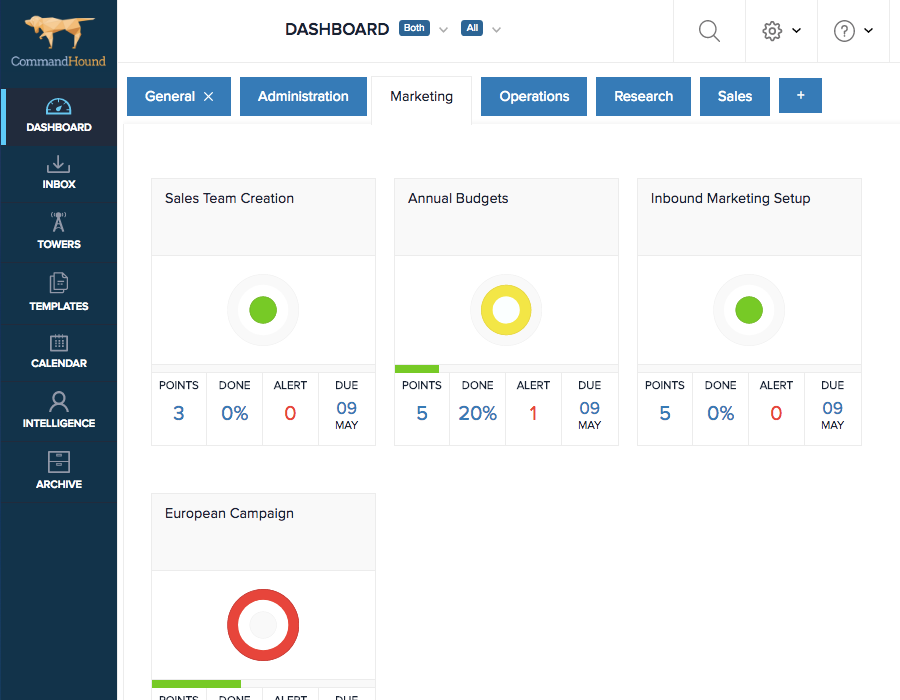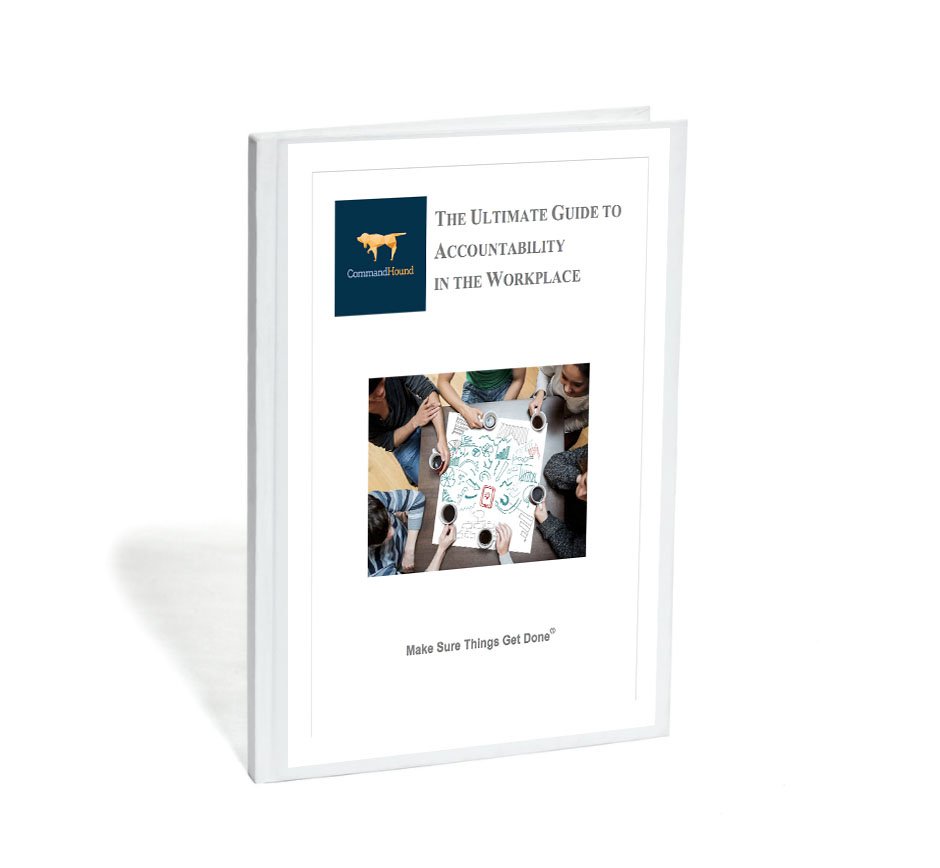Stop Spinning Your Wheels and Make Sure Things Done
Chances are, if you’ve eavesdropped on your friends’ and coworkers’ casual conversations lately, you’ve noticed that the standard answer to the conversation opener, “How are you?” has changed from “Fine” to “Busy.”

Are you overloaded, swamped, harried and stressed? Clear your mind.
Everyone I know is busy, harried, overloaded, swamped and stressed. The average American is working more hours than ever before – both in the workplace and at home. We must be getting a lot done, right? Wrong! Research shows that productivity has not increased with the number of hours worked.
Get Traction
If our goal is to get the job done, both in the workplace and in our personal lives, we must replace “busyness” with appropriate and efficient work.
We must hold ourselves and others accountable for getting things done and, in the process, free up time and brain space for creativity, problem solving and leadership.
The Multi-Tasking Myth
The technological tools that have been created in the last twenty years were sold as time savers that would increase the ability to multi-task. But research has shown that humans are simply incapable of multitasking.
René Marois and his colleagues at Vanderbilt University published results of a study in which they used MRIs to map the physical source of a bottleneck in the brain that keeps us from concentrating on more than one thing at a time.
The findings show that all of us are most productive when we can manage our task schedule in a way that allows us to concentrate on one task at a time.
Get Things Done (GTD)
David Allen created the time management and productivity method called Get Things Done (GTD) based on the idea that appropriate engagement is the key to productivity.
 Get it all on paper, organize it, and then do it
Get it all on paper, organize it, and then do it
He is fond of saying that the more you have on your mind, the more it’s not getting done. So he advocates using a trusted systematic process to get things done based on the following five steps:
1. Capture
- Collect everything that has your attention – small or big, personal or professional.
- Get it out of your head and onto paper or an an electronic tool.
2. Clarify
- Take each thought that you have captured and ask if it is workable.
- If not, trash it or file it away; if yes, decide what actions need to be taken for completion.
- Declare an owner for the action – whether it is yourself or team members you manage.
- If relevant, put a deadline on the action.
3. Organize
- Categorize action reminders by putting them on the right lists.
4. Reflect
- Review your lists frequently.
- See how actions are progressing and what has been accomplished.
5. Engage
- Simply do.
Turbo-Charge GTD
The GTD method is simple and straightforward — write it down, organize it, and then do it.
What if we could add an accountability component to it? GTD and accountability in one integrated package? A way to keep track of who is doing what? A way to know if things are getting done on time and as expected?
How about a system of consequences to drive progress? Or a way to receive reminders and to escalate when things are not getting done?
An accountability tool like CommandHound enhances the GTD method by building a transparent accountability engine on top of a very robust task management tool.
 A tool like CommandHound add accountability to GTD
A tool like CommandHound add accountability to GTD
So, in addition to being able to capture what needs to be done and organize it in lists, CommandHound allows you to assign deadlines, responsibilities, escalation paths, reminders, and more.
CommandHound’s overall goal is to make sure things get done by not only organizing what needs to be done, but by tracking performance as the individual level to be able to connect to a performance review process — hence, transparent accountability.
Would you like to learn more about how to turbo-charge GTD with accountability?
Download our Ultimate Guide to Accountability in the Workplace here:

